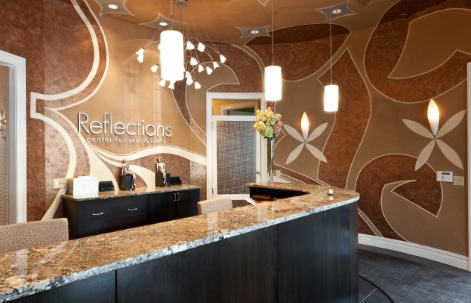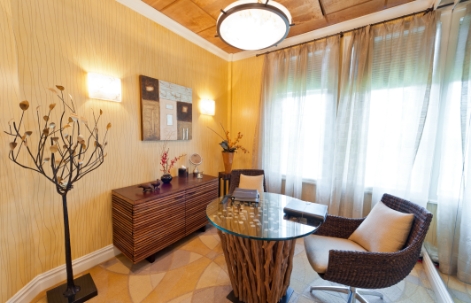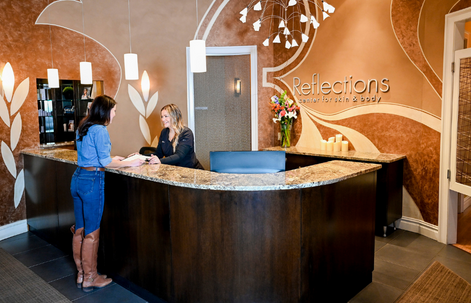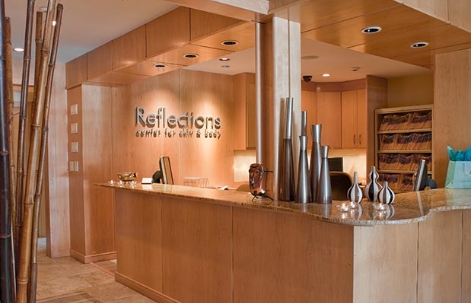
According to ScienceDaily.com, focusing on the negative aesthetic effects of indoor tanning may effectively reduce indoor tanning behavior, even in young women. The report, which was published in the May issue of Archives of Dermatology, claims that this approach can even curb behaviors in women who tan to alleviate seasonal mood disorders or to relax.
Multiple studies to date have proven the cancerous effects of ultraviolet tanning beds on skin. Although this information is readily available, there are still many women who actively tan at indoor salons. While focusing on the health risks of tanning may work for some people, stressing the aesthetic downsides may be more beneficial.
Joel Hillhouse, Ph.D, of East Tennessee State University, alongside his colleagues, analyzed 430 female student tanners from one university. Two hundred women were randomly given a booklet that described the history, sociocultural context, and damaging effects of tanning on the skin. The booklet also contained recommendations on how to reduce indoor tanning use alongside healthier image-improvement advice. The remaining 230 subjects did not receive the booklet.
Hillhouse and colleagues assessed the participants for seasonal affective disorder and four pathological tanning motives: opiate-like reactions to tanning, insecurity in one’s skin tone, evidence of tolerance to the effects of tanning and the feeling that one has lost control of their tanning behavior.
Six months following the booklet distribution, the authors re-evaluated tanning frequency. The findings showed that tanning behavior had reduced in women who received the booklet, even in participants who reported a pathological motive for tanning.
“In other words, providing young patients who tan with information on the damaging effects of tanning on their appearance is effective even if they are addicted to tanning or using it to ameliorate depression symptoms,” the authors told ScienceDaily.com.
Although they may have pathological motives, tanners can also show concern about their appearance. The booklet may have also affected non-appearance motives in participants. Once scenario, the authors note, is that women who tan to relax may have become more anxious about the process after reading up on the harmful effects of tanning.
Aesthetically or medically, there is no argument that indoor tanning is bad for you. From wrinkles to melanoma, sunspots to immune system suppression, the drawbacks of indoor tanning blatantly outweigh any benefits.







